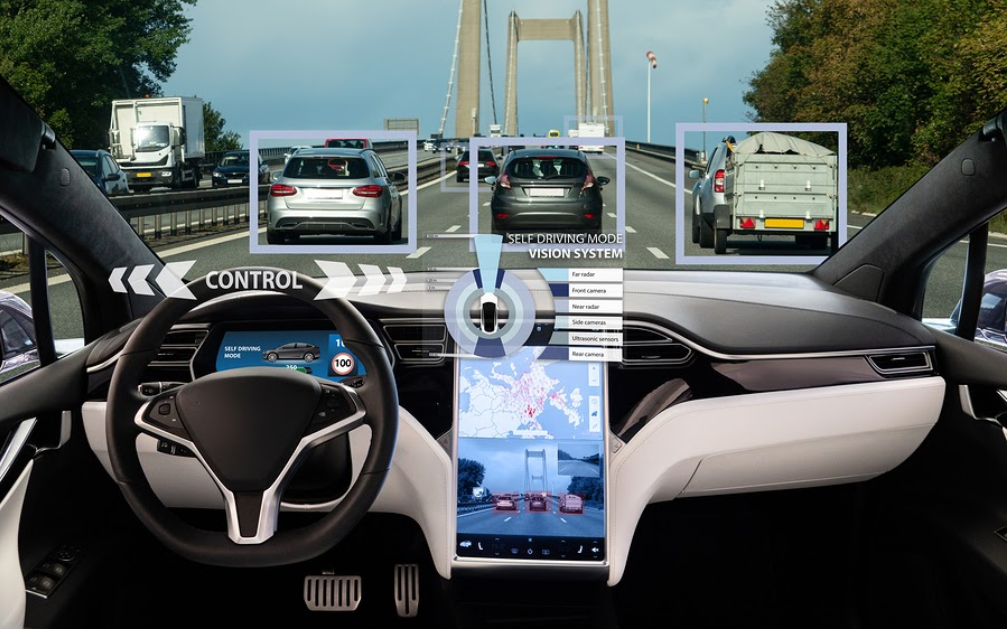
The world of engineering is evolving, as new advances help shape the way humans interact with technology every day. The last decade has welcomed new electrical engineering innovations at a rapid pace, and without the help of extensive research and development, these advancements wouldn’t have been possible. So, how have we arrived here?
Building an Educational Foundation

Electrical engineering attracts some especially technical minds — and that’s no accident. Complex problem solving, deep understanding of electrical properties, physics, and mathematical skills all result in success in the EE world. These skills are usually developed early in a person’s college career, and honed with every passing year or degree level. For example, Princeton University’s Electrical Engineering curriculum includes the following coursework annually:
- Year one: core courses in calculus, physics, chemistry, and computer science
- Year two: core courses in multivariable calculus, linear algebra, electronic circuits, logic design, plus electronic or photonic devices
- Year three: core courses in building cyberphysical systems
- Year four: two senior thesis courses
Future EEs are encouraged to follow a fundamental learning track, which usually includes numerous additional electives, including those with general or departmental focuses. Students also have room to branch out and pursue related areas of interest, which helps build background knowledge in unique niches, producing overall well-rounded graduates.
Accordingly, 40% of engineering students devote over 20 weekly hours to class prep, reflecting just how dedicated you have to be — both because they choose to be, and because their coursework demands it.
The Humanistic Approach

The United Nations High Commission on Refugees (UNHCR) is a recipient of Autodesk’s software donation program and is leveraging Autodesk technology to improve the lives of refugees around the world. This image was taken at the Kutupalong camp in Bangladesh, where hundreds of thousands of Rohingya are seeking refuge from persecution in Myanmar.
Engineering programs are helping students flourish. Today’s engineering landscape includes people of all different backgrounds from every corner of the globe. The engineer must be more than just a technical professional, but a contributing member of society as well. Leadership skills, cultural awareness, team building, and self-motivation are essential. Some universities, like the University of California, Berkeley, are even exploring entrepreneurship within student coursework.
The result? Hopeful professionals emerge, having gained an abundance of comprehensive, global knowledge. Now, students are leaving college equipped with greater community and societal skills to accompany their technical expertise.
Facing Evolving Technical Challenges

The world is at the forefront of many technological breakthroughs: autonomous driving, widespread 5G deployment, and repeated refutations to Moore’s Law through the development of byte-sized systems on chips (SoCs). Large amounts of funding — from by companies and governments alike — will be devoted to these frontiers in the next decade. Professionals in multiple industries must embrace evolving priorities.
New waves of college graduates benefit from updated coursework — many colleges recognize the need to keep students aligned with evolving trends in the engineering world. If programs don’t adapt, students will be left behind out of the gate. That’s not to say old dogs can’t learn new tricks—in fact; experienced EEs are tackling modern projects on the fly. This requires acclimation and problem solving on a scale not previously seen with older technologies. Innovations and their social catalysts are always moving in the electrical engineering field.
The Shift to Digital

Printed circuit board design with tape and mylar before the software arrived.
A designer likely wouldn’t create a visual masterpiece in Microsoft’s now-outdated Paint application, nor would they draw up today’s PCB designs using tape and mylar. These methods were revolutionary in their heyday, but modern advancements have rendered them outdated. Creating a physical diagram of RCA Laboratory’s MOS IC, boasting just 16 transistors in 1962, is relatively easy.
The modern designer needs modern tools, which is why many EEs have recently switched to comprehensive applications like Fusion 360. Today’s projects have numerous moving parts. Often, suppliers, designers, testers, and other stakeholders have their hands in the development process. It’s not enough to create schematics efficiently — teams must also be able to share these iterations with anyone, from anywhere at any time.
Modern EEs are now software maestros; programs are trusty sidekicks during the process. That’s why employers seek electrical engineers with CAD/CAM/CAE/PCB experience or exposure to popular applications. Workflows have shifted dramatically, and those who have adapted in lockstep are leading the charge in today’s world.
Start leading the world today and download Fusion 360.
